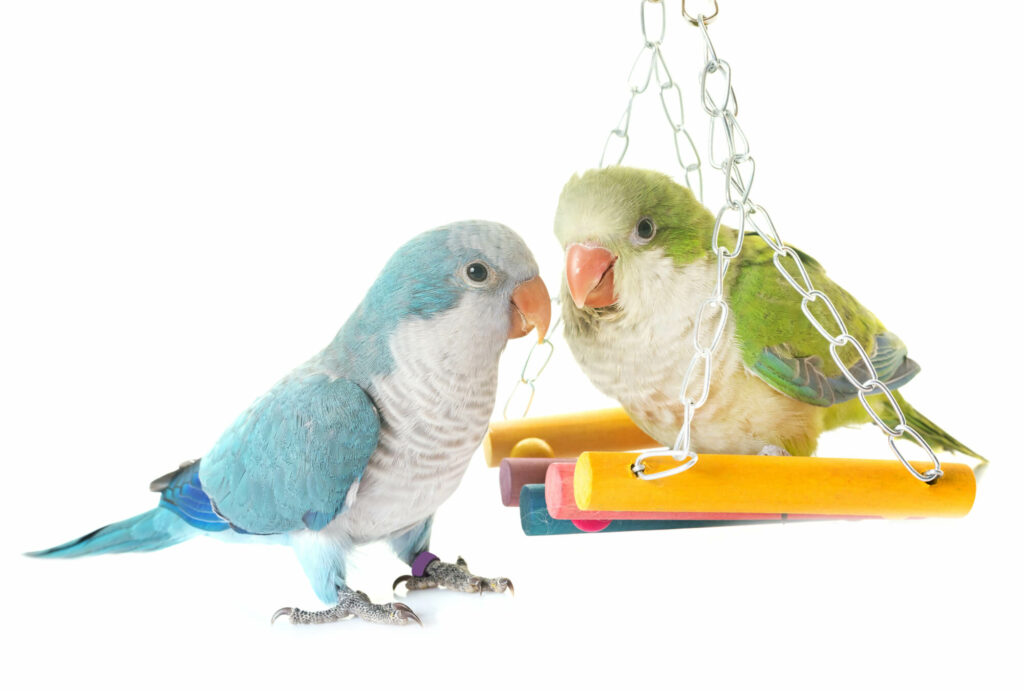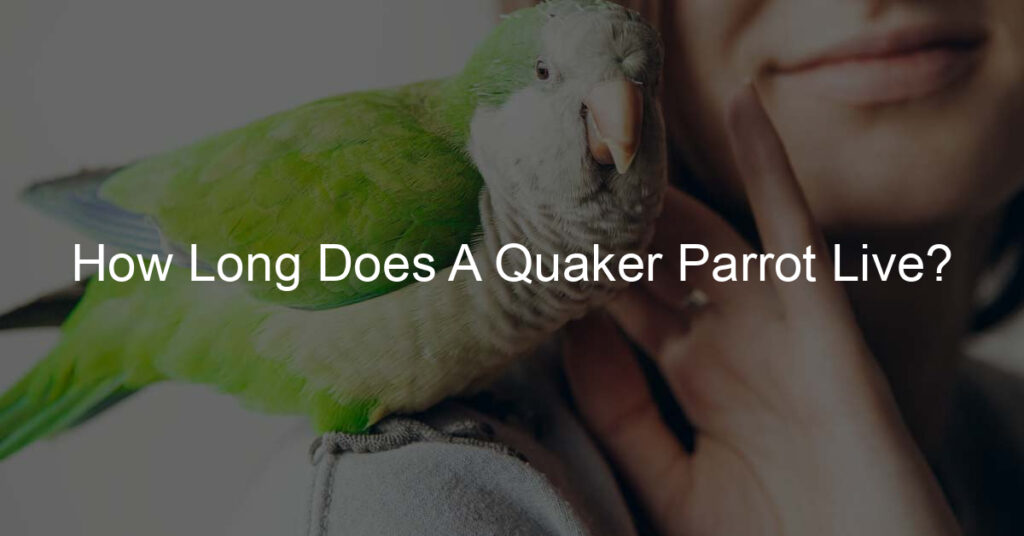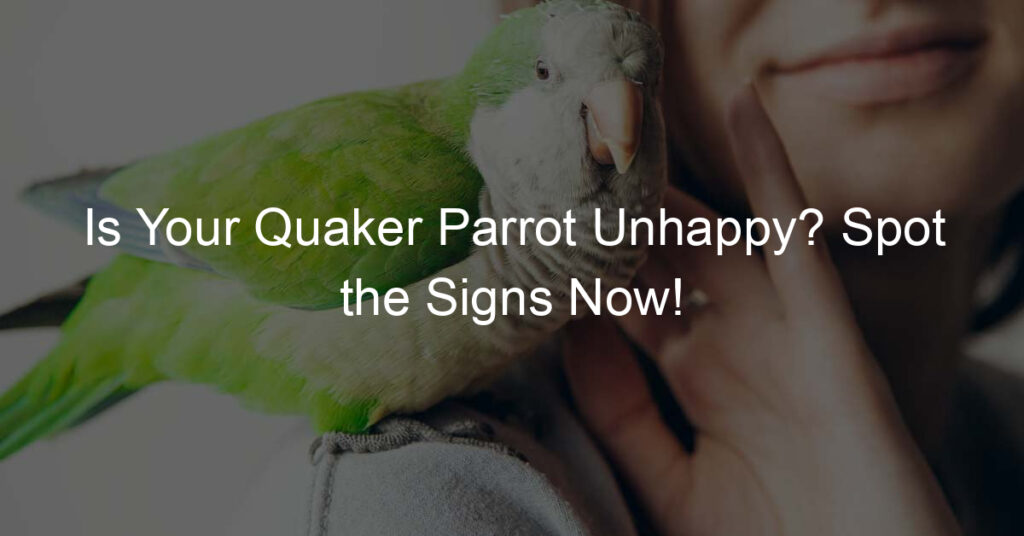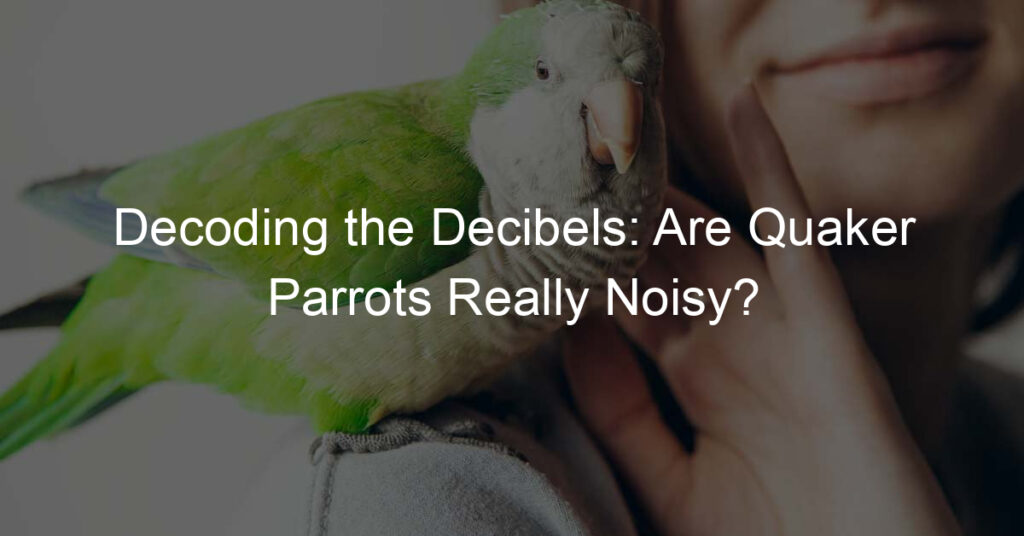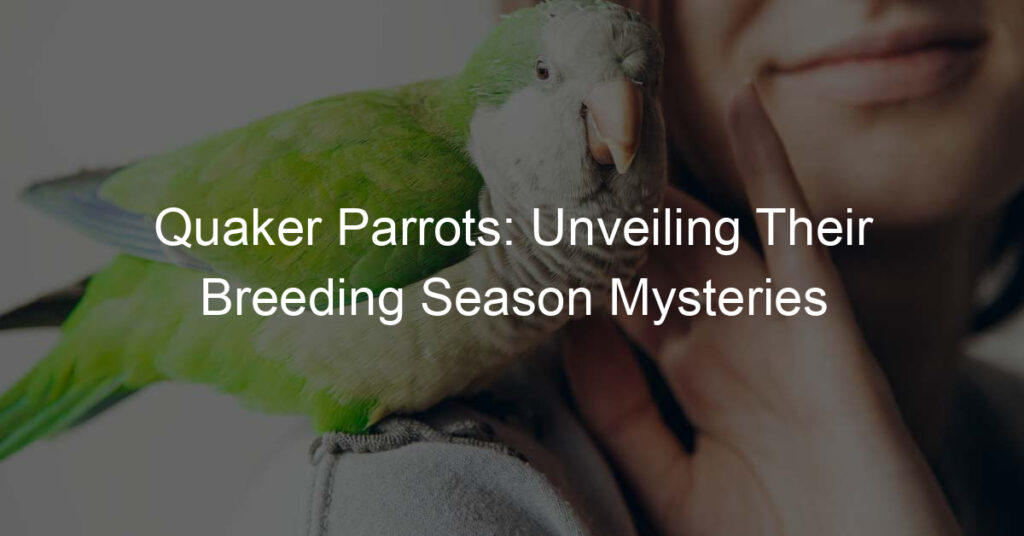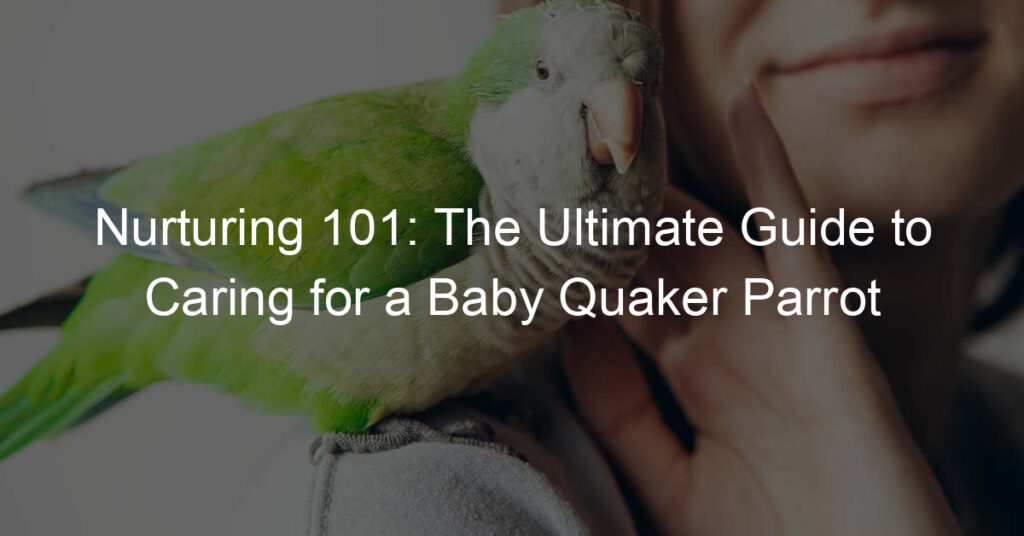The question: What are quaker parrot colors? is one of the most common questions posed by bird enthusiasts. But what are their rare colors? And can quacker parrots change color? We’ve rounded up the details in this article to help you make an informed decision. Whether you want your pet to be blue or green or a combination of both a quaker is sure to have the color you desire.
What colors do quaker parrots come in?
There are several different colors available in quaker parrots. There is a blue version but it is not as common as the green variety. The blue quaker parrot was a result of selective breeding and while this rare breed can be found in some pet stores the majority are green. In addition to green other colors are available. Here are some examples:
The Quaker parrot’s eyesight is its most acute sense and it is capable of distinguishing similar colors including the ultraviolet spectrum. When excited a parrot will shiver or ‘quake’ and may even regurgitate. Other behaviors may indicate nervousness or regurgitation. Listed below are some of the most common behaviors for quaker parrots.
A natural Quaker parrot is lime green but it also comes in blue and gray colors. It is not common for a quaker to have black or blue feathers so the only way to see its true color is through its facial structure. This is because Quaker Parrots are native to Central South and Mexico. To produce a blue or black variety two different species of Quaker parrot must be crossed.
Can quaker parrots change color?
A quaker’s natural color is a dark green with lighter feathers in front and tail. These birds also have bright orange beaks and gray feet. The natural quaker color is the same throughout its life and breeding can produce a variety of colors. Several breeders even call their different color mutations a different name. However no species of quaker is genetically guaranteed to change color – it’s entirely possible to have a different color parrot!
While Quakers may look similar to parrots they are slightly smaller and have no black or blue feathers. Moreover they have an obvious yellow band on the wing. They’re native to tropical regions which means they’re often brighter than their yellow cousins. These birds can also change color. If you’re wondering if you can breed a Quaker parrot to change color you’ll need to cross two different breeds of Quakers.
What colors are rare for a quacker parrots?
It is possible to find a Quaker Parrot in a variety of different colors though it’s unlikely to happen naturally. The most common natural color of a quaker parrot is green but some quakers may have additional colors including blue and cinnamon. While blue quakers are rare the green variety isn’t all that uncommon. Depending on the breeder the colors of quaker parrots may vary widely.
These birds have a distinctive pattern of green on their face and chest similar to those of parakeets. They usually live near open savannas and water sources but sometimes find their way into human settlements. Although they’re largely woodland species they’ve become quite adapted to urban environments and are now found in the United States. If you’re looking to purchase one of these birds make sure you understand the traits of this bird before buying one.
Can quaker parrots be blue?
The answer to the question ‘Can quaker parrots be blue?’ depends on what you want to know. The gender of your Blue Quaker depends on its appearance and temperament. Generally a Blue Quaker is a healthy bird with bright plumage and vibrant eyes. If you see signs of illness such as broken feathers or broken nails you should seek veterinary care. Fortunately the condition is treatable.
In its native habitat Quakers eat fruits seeds grains vegetables and insects. If you want your blue Quaker to look its best provide it with a pellet-based diet supplemented by fresh fruits and vegetables. Providing your bird with the same diet for too long can cause fatty liver disease and make it appear unappealing and listless. Besides fruit and vegetables blue Quakers also love peppers and chilies.

